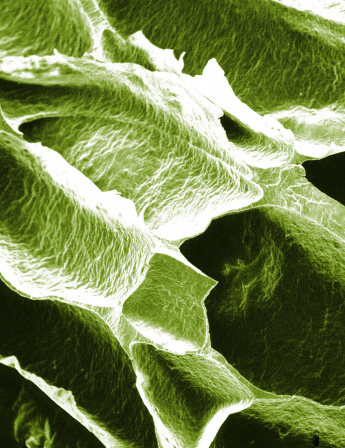As a leading North American foam injection molding partner, many of our customers continue to ask us to demystify the differences between closed-cell foam and open-cell foam. The typical questions we get asked:
- What is the difference between closed-cell foam and open-cell foam?
- What are the benefits of closed-cell EVA foam?
- Is EVA foam the same as closed-cell foam?
- Where is closed-cell EVA foam used? What are the different applications of closed-cell foam?
- How to choose the best closed-cell EVA foam partner?
Let’s dive into the world of closed-cell foam and open-cell foam!
What is the difference between closed-cell EVA foam and open-cell foam?
It’s important to remember that all types of foam are made up of cells, small spheres or bubbles. As their names suggest, the difference between closed-cell foam and open-cell foam is how closed or open these cells are.
Open-cell foam is comprised of cells that are not completely closed. At least 50% of this foam’s cells must not be encapsulated in order to be considered open-cell foam. Because they are filled with air, open-cell foams are very springy and lightweight. However, because of the holes, moisture and humidity can enter them.
On the other hand, closed-cell foam is made up of entirely enclosed cells. This means that the cells don’t interconnect with one another. Because of its sealed-off cells, closed-cell foam is very robust and durable; it can withstand many elements too. More on that in just a moment!
Is EVA foam the same as closed-cell foam?
EVA foam is a type of closed-cell ethylene-vinyl acetate copolymer foam that is a great alternative for other materials, such as natural rubber, neoprene, and polyurethane and PVC foams.
What are the benefits of closed-cell EVA foam?
- Withstand moisture and humidity penetration, bacteria cannot develop in the foam’s cells
- Are 100% waterproof as well as chemical-, UV- and fire-resistant
- Are lightweight, flexible and comfortable
- Ensure unmatched versatility as customers can choose from a wide range of hardness and densities
- Are dense and rigid, which makes them strong, tear-resistant and very durable
- Offer higher performance in extreme temperatures
- Provide nicer textures and finishes
- Can be made in a variety of colours; they never fade or yellow
- Feature excellent mechanical strength and resilience even after long-term use
- Are suitable for product development projects with complex and tridimensional geometries
- Have a higher R-value than open-cell foams (resistance to heat flow and insulation)
Where is closed-cell EVA foam used? What are the different applications of closed-cell EVA foam?
Because it absorbs vibrations and impact, high resistance to various elements, and resilience, closed-cell EVA foam is used for myriad applications. These include medical devices, protective gear, sporting goods, spa components, watersports equipment, seats, and soles, to name a few.
If you’re considering using foam injection molding for your next project, inquire with the vendors you are vetting about the precise type of closed-cell foam they use. Note that not closed-cell foam suppliers offer closed-cell EVA foam.
How to choose the best closed-cell EVA foam partner?
In today’s post-pandemic world, which is grappling with delays and increased complexities in supply chains, it is recommended to re-shore foam injection molding production to North America.
North American closed-cell foam partners, like Foam Creations, offer many advantages, including Design For Manufacturability approaches, agility and fast turnaround times, reduced logistics costs, smooth communications, and business dynamics similar to your business.
As you can see, there is a whole world of opportunities regarding closed-cell EVA foam. Are you interested in learning more? Contact our closed-cell EVA foam specialists today for more information.
